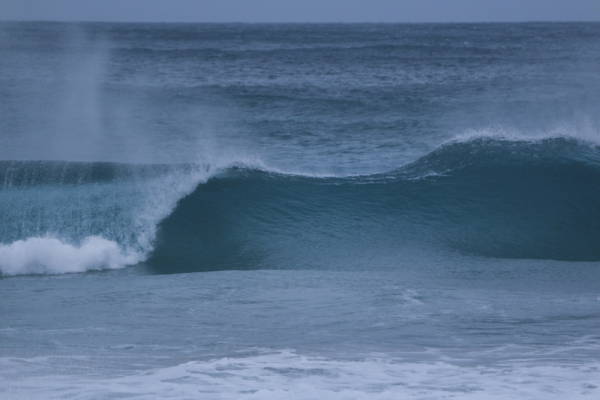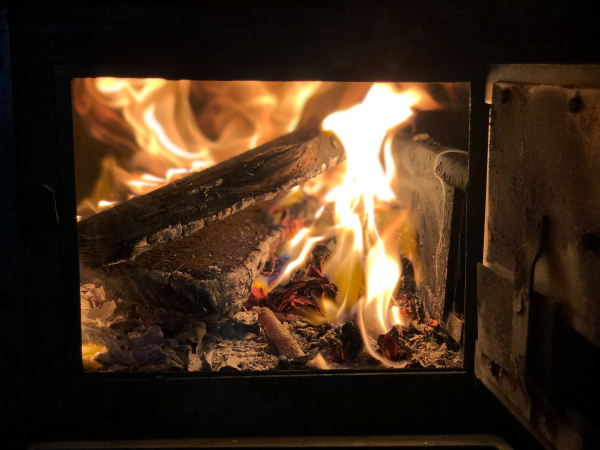There are lots of particles in the air – both natural and from human activities. This lesson explores what’s in the air.
On this page:
- Introduction
- Key summary points
- Activity: How to catch motes
- Find out more: Extra resources
- Quiz: What’s in the air?
- Worksheet: What's in the air?
Introduction
Have a look out the window. Can you see anything in the air?
It is probably clear, but that does not mean that it is empty. Lots of things can be in the air.
Is it cloudy? Is it foggy? If it is, then there is a lot of water vapour in the air. If it’s rainy, this means there is more water vapour than the air can hold, so it gets squeezed out.
Nature puts lots of things in the air, such as:
- Pollen from plants and trees that fill the air in the spring.
- Salt from the sea that appears near the coasts.
- Dust from riverbeds on windy days.
- Smoke from bushfires.
As well as from natural sources, the air may contain things caused by human activity. Some of these include:
- Smoke and soot from farm burn offs, factories and home fireplaces in winter.
- Exhaust from diesel and petrol vehicles.
- Dust from cars on gravel roads.
- Metal flakes and drops from car use and factories.
Can you think of any other particles that may be in the air in your home?
The name scientists give to all these little things in the air is particulate matter.
These are not all found in the same place or at the same time and are usually only found in small amounts.
Air pollution is usually only dangerous to people’s health when it occurs in larger quantities or consistently for a long time.
Winter evenings, when people have their fires going, tend to be when the air is the most polluted in some parts of Aotearoa New Zealand.
Key summary points
- The air contains water vapour.
- There are lots of particles in the air – both natural and from human activities.
- We call these particles particulate matter.
Activity: How to catch motes
Worksheet to download and complete following hunting for motes activity [PDF 46 KB]
The air usually looks empty to us, but every breath we take can contain hundreds – if not thousands – of microscopic particles. You sometimes see them when bright sunlight falls through a gap in the curtain. The following video explains how to hunt for motes (there are also text instructions underneath).
Instructions:
- Get a bright torch - preferably with a narrow beam.
- Make your room as dark as possible.
- Blow a bit of flour across the beam to check it is working.
- Experiment with what creates the most motes: Try shaking your hair. Try patting your pets. Try rubbing the carpet.
What did you see?
- Motes in the home are mostly made of soap powder from washing your clothes, pollen from plants and dead skin.
- Draughts can be found by following streams of motes.
- Lots of dust in one area could mean it gets damp and mouldy.
- Keep it well ventilated in the afternoon when the outdoor air is cleanest.
Find out more: extra resources
Quiz: What’s in the air?
Check out our air quality quiz over on Kahoot.
The quiz works best on Kahoot, but if you prefer a text version, you can download it as a PDF [217 KB]
Worksheet: What's in the air?
Download worksheet [PDF 39 KB]


